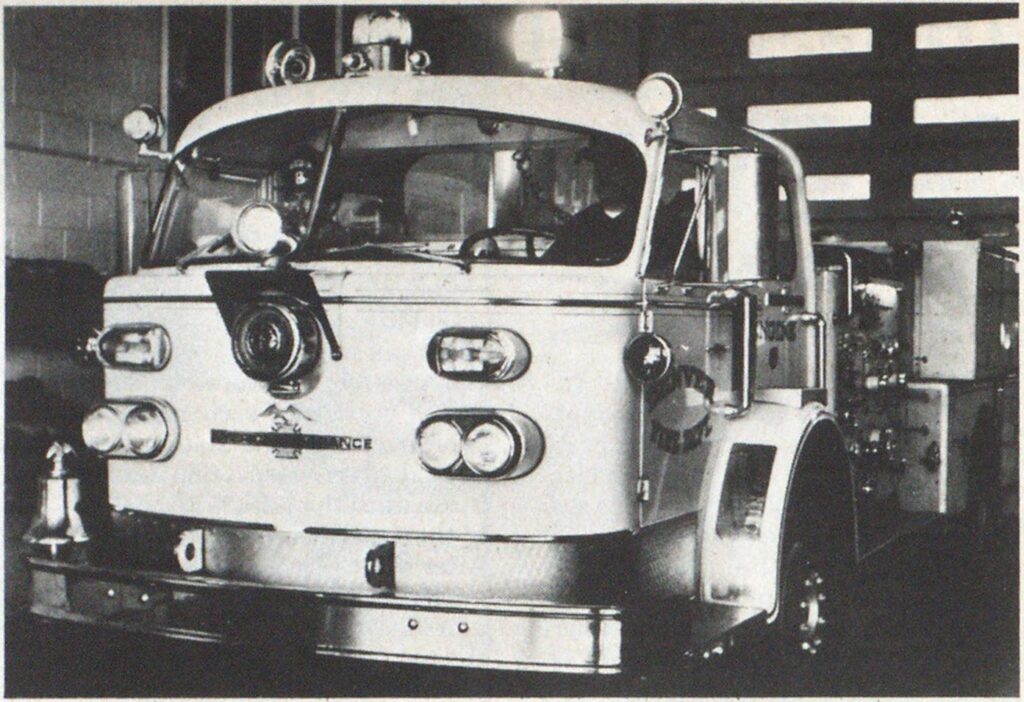
Traffic Control System Cuts Time and Accidents
Chief Denver, Colo., Fire Department
Back in 1977, the Denver Fire Department decided to attack the apparatus response time and accident problems by having the city install an electronic traffic control system. The system was designed to expedite movement of fire apparatus through traffic by changing traffic signals to green, or holding them on green, until an emergency vehicle passes through an intersection. Once the system was activated, we were able to reduce response times for our department by 23 percent.
This improvement was documented by a six-month study divided into two 90-day periods. The first was in the fall of 1977; the second in the spring of 1978. The geographic area of the study included three fire stations and 75 signalized intersections. The first period of the study was conducted before the traffic control system was installed.
The routes on which the department conducted this study were those most commonly used when fire fighters respond to a call. One fire fighter on each apparatus was responsible for measuring the time required to travel a predetermined section of each route. As the vehicle cleared the station door, this individual activated a stop watch and let it run until the vehicle reached the end of the section earmarked for the study. After returning to the fire station, this person recorded the elapsed time documented by the watch, and also noted the weather conditions and the time of day. Of the various routes used during the study, each reflected a different average reduction in response time—from a minimum of 14.3 percent to a maximum of 23.5 percent. Those runs including the most traffic signals experienced the most improvement in response times.
The signals are controlled by the Opticom traffic control system developed by 3M. It comprises three basic components: an emitter, a detector and a phase selector.
The emitter, or high-intensity light source, is attached to the emergency vehicle and functions like a strobe light. As the vehicle approaches an intersection, this light is picked up by a detector located near or on the traffic signal. The detector relays this coded information to a phase selector, which is located in a traffic controller box. The phase selector holds the green light, if it is governing the emergency corridor, or it accelerates the normal cycle of the signal to provide green by the time the emergency vehicle enters the intersection. While this may shorten the green time for opposing traffic, it does not affect the length of the yellow indication. This gives motorists enough time to stop.
Accidents reduced
By opening up a green corridor, the Opticom system also reduces the danger of a crash between a fire vehicle and a civilian motorist. This is significant because a major cause of fire truck accidents is the motorist who enters an intersection on a green light despite warnings from flashing lights and sirens.
More and more people are driving with their windows rolled up, even in warm weather. They have air conditioners and they want to shut out highway noise so they can hear their radios or stereo tape players. Consequently, it is easy for them to miss the warning lights and noise created by an approaching emergency vehicle until it is too late.
We believe our traffic control system minimizes the risk of such hazardous situations. That certainly has been the proven experience of the St. Paul, Minn., Fire and Safety Department, which has been using the same system since 1969. A study covering a 15-year period—1962-1976—found that the rate of emergency vehicle accidents at signalized intersections in St. Paul declined by more than 70 percent after the system was installed.
The study showed that, between 1962 and 1968, emergency vehicles in that city responded to nearly 42,000 alarms and were involved in 33 collisions with civilian vehicles at signalized intersections. Between 1970 and 1976, after the Opticom system was activated, the number of alarms more than doubled, to nearly 100,000, yet there were only 23 accidents.
Another significant point: In nearly all reported accidents occurring prior to 1969, the collision occurred at an intersection, the emergency vehicle clearly had the right-of-way; the civilian motorist entered the intersection against a red light.
At least one additional benefit of the Opticom system is its attention-getting power. In cities throughout the country, and in Denver as well, fire departments are noting that the brilliant pulsating white light of the emitter more readily catches the eyes of motorists than do the flashing red lights. This is true even in Las Vegas, where drivers are often distracted by a glut of neon lights.
The pilot project set up to study the Opticom system in Denver was paid for by a $172,000 community development block grant from the United States Department of Housing and Urban Development.


